Esecutori contro la Bestemmia
The L’Archivio di Stato di Venezia: indice generale, storico, descrittivo ed analitico by Andrea Da Mosto was published in 1937. Besides being a general index of the holdings of Venetian documents in the state archive, it contains short historical descriptions of most Venetian offices and magistracies.
Andrea Da Mosto (1868-1960) was director of the Archivio di Stato di Venezia (1936-1937).
The three executors against Blasphemy, also called Defenders in the secular forum of the laws of the Holy Church and Correctors of the negligence of the same (decree by the Senate 17 August 1759), were established in 1537.
In the matter entrusted to them, the Lords of the Night of the Criminal had initially been competent, and subsequently the Council of Ten, in union, in certain respects, with the Avogadori di Comun,1 and without the former being completely removed from any interference in the matter.
They had the power to judge, with the same rite and with the same authority as the Council of X, the crimes of blasphemy and foul language, the profanations of sacred places, the deflorations of virgins with promises of marriage, prostitution, illicit games, and, consequently, they had to supervise the Casinos or gambling houses, prohibited by the Council of Ten since 1599. They monitored the taverns so that meat was not used on prohibited days and had a certain jurisdiction over foreigners and Jews for the protection of order public. In 1608, they were also given competence, together with the Censors, in matters of bets which were made on the occasion of the elections in the Maggior Consiglio. They also exercised some control over the publication of books. Since 1641 they punished Christians who had carnal relations with Jewish women, and finally reviewed on appeal the sentences issued by the Magistrate of Health2 in matters of prostitution and those of the Rectors of the Mainland in cases of blasphemy. They were entrusted with the appointment of two heads for each district, obliged to warn the guards of the Piazza Ducale of any misdeed or seditious murmur.
In 1583, when foreigners were forced to report their residence in the city to these officials, their number was increased to four.
Translator’s notes
Original Italian text
Esecutori contro la Bestemmia
I tre esecutori contro la Bestemmia, detti pure Difensori in foro secolare delle leggi di Santa Chiesa e Correttori della negligenza delle medesime (parte del Senato 17 agosto 1759), furono istituiti nel 1537.
Nella materia ad essi affidata erano stati competenti in un primo tempo i Signori di Notte al Criminal, ed in seguito il Consiglio dei X, in unione, sotto certi riguardi, agli Avogadori di Comun, e senza che per altro ai primi fosse tolta del tutto ogni ingerenza in materia.
Ebbero competenza a giudicare, con lo stesso rito e con la stessa autorità del Consiglio dei X, i reati di bestemmia e di turpiloquio, le profanazioni di luoghi sacri, le deflorazioni di vergini con promessa di matrimonio, il lenocinio, i giuochi illeciti, e, in conseguenza, dovettero sorvegliare i Casini o case da giuoco, proibiti dal Consiglio dei X fino dal 1599. Vigilavano le osterie perché non si facesse uso di carne nei giorni proibiti ed avevano una certa giurisdizione sui forestieri e ebrei per la tutela dell’ordine pubblico. Nel 1608 fu ad essi altresì attribuita competenza insieme ai Censori in materia di scommesse che si facessero in occasione delle elezioni del Maggior Consiglio. Esercitavano pure un certo controllo sulla pubblicazione dei libri. Punivano dal 1641 i cristiani che avessero avuto rapporti carnali con donne ebree ed infine rivedevano in appello le sentenze emesse dal Magistrato della Sanità in materia di meretricio e quelle dei Rettori di Terraferma nei reati di bestemmia. Ad essi era affidata la nomina di due Capi per ogni contrada, obbligati di avvisare le guardie della Piazza Ducale di ogni misfatto o mormorio sedizioso.
Nel 1583, quando si impose ai forestieri di denunziare la loro dimora in città a questi ufficiali, il loro numero fu portato a quattro.
Da Mosto, Andrea. L'Archivio di Stato di Venezia : indice generale, storico, descrittivo ed analitico in Bibliothèque des Annales Institutorum, 5. Roma : Biblioteca d'arte, 1937, p. 175.
Related articles
- Esecutori contro la Bestemmia — Lessico Veneto
- Magistrato de la Biastema — Dizionario
- Prostitution in Venice
- State institutions of the Republic of Venice
- Chronology of major Venetian state institutions
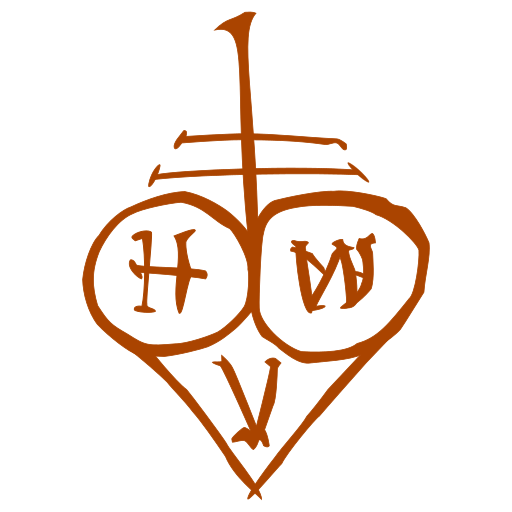
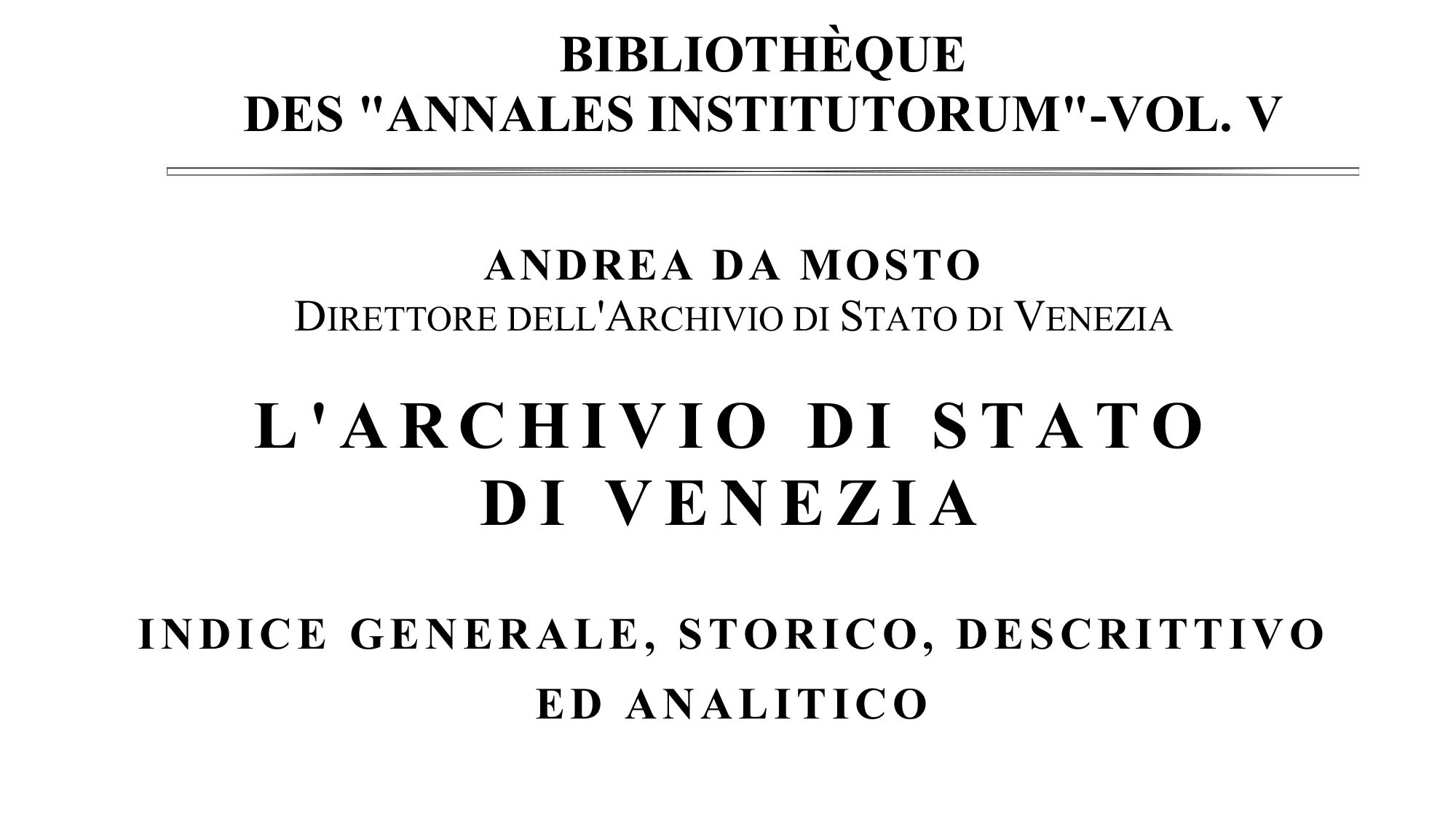
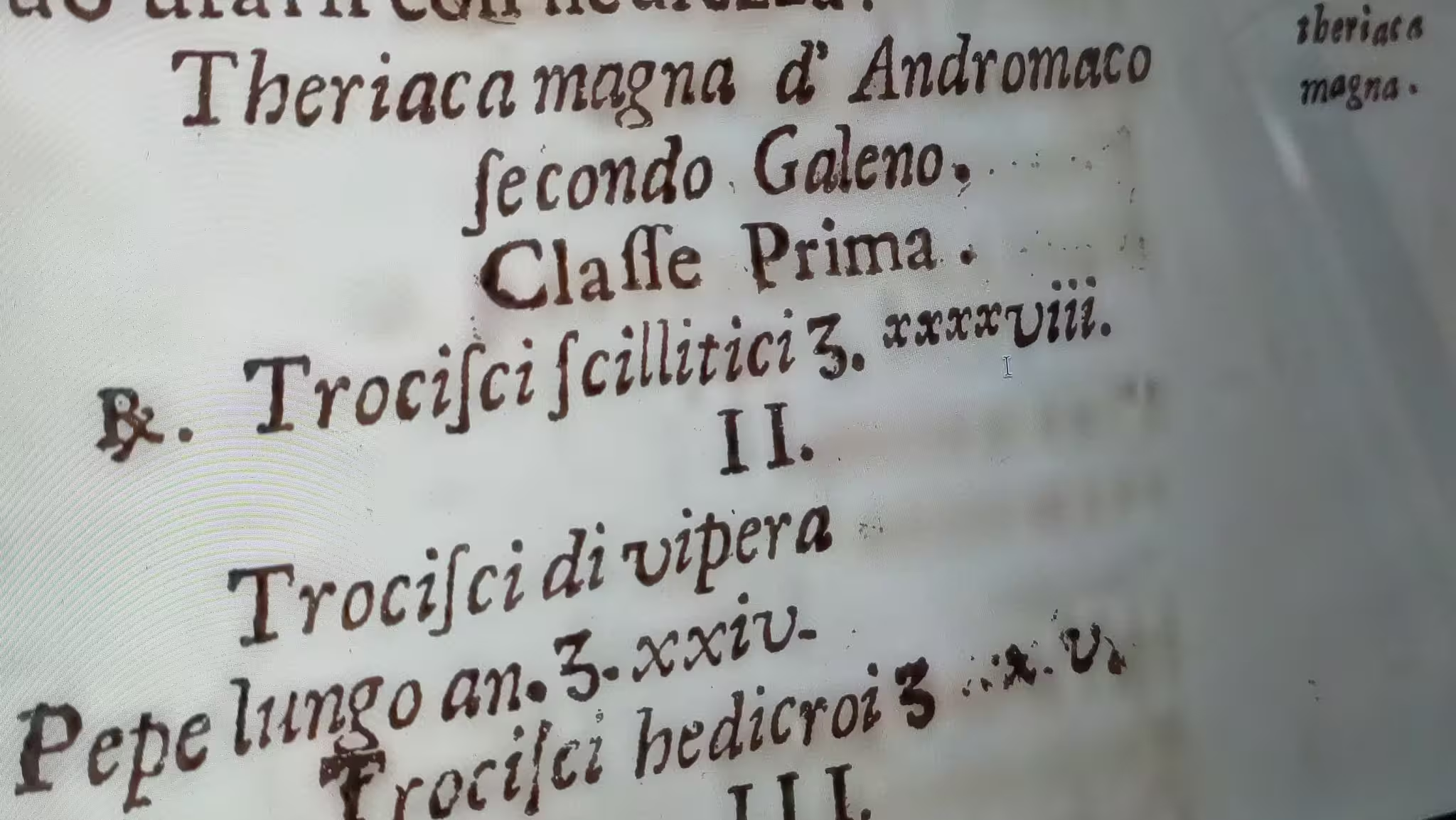
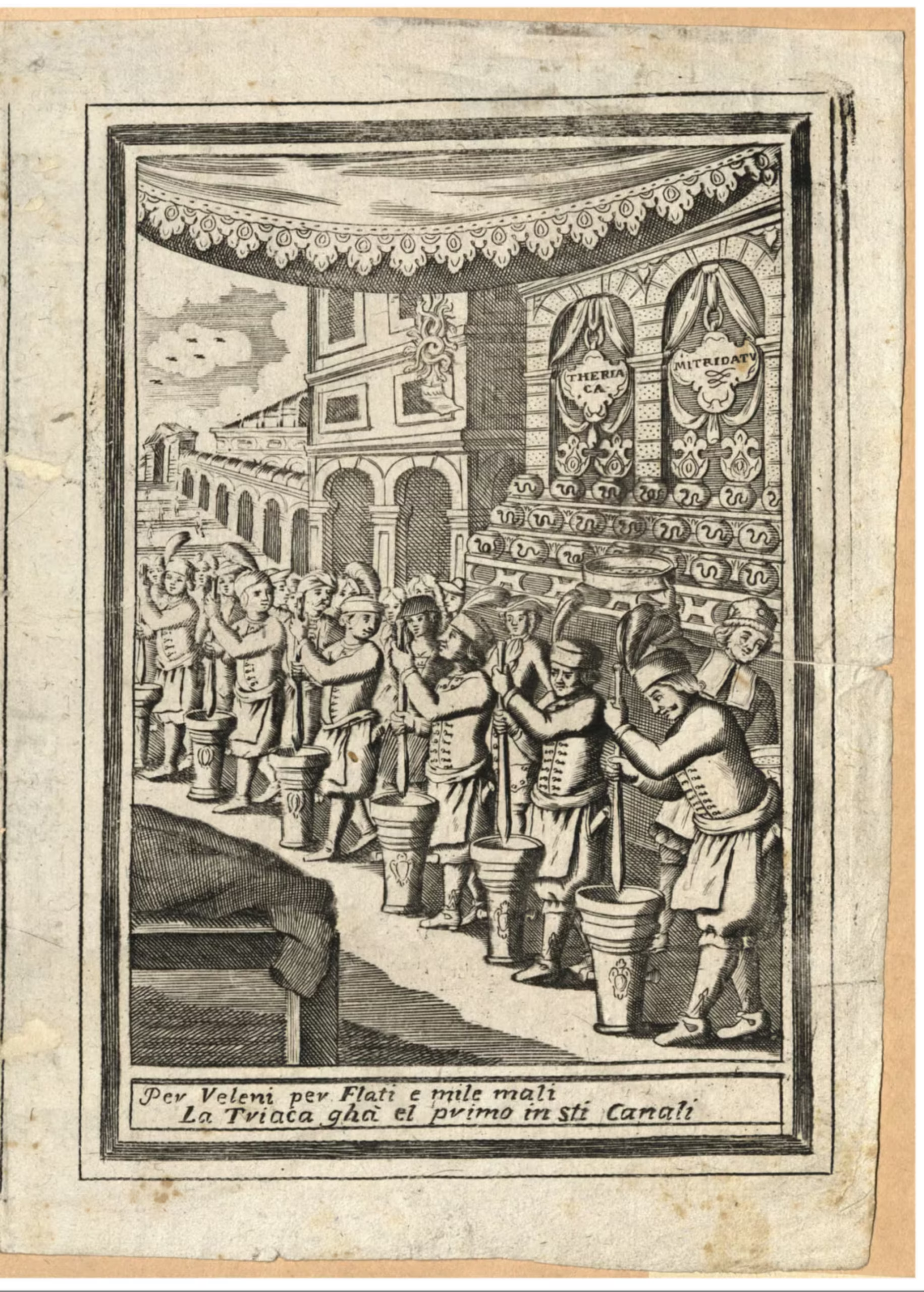
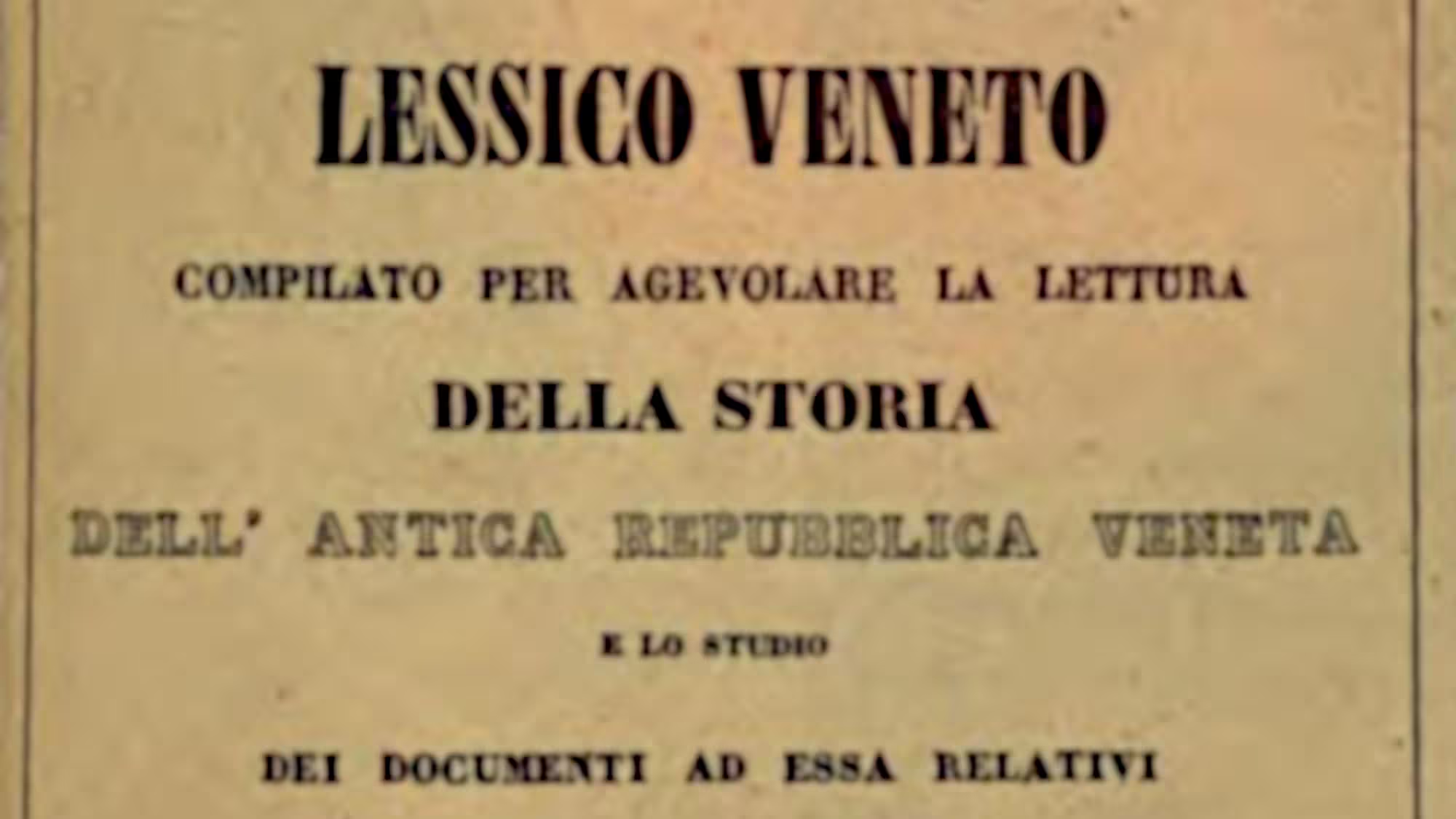
Leave a Reply